

Associate Professor
c/o DICCA - Department of Civil, Chemical and Environmental Engineering
Via Montallegro 1, 16145
GENOVA - ITALY
Tel: +39 010 33 52516 - Fax: +39 010 33 52534
E-mail: Marco.Lepidi@unige.it
Personal web pages at
Google Scholar
Scopus
Isi WoS
ResearchGate
Mendeley
Publons
OrcID
Please visit the official webpage of the course for the academic year 2018-2019
(see also Aulaweb).
Find a summary of students' level of satisfaction here (last academic year)
The lessons (60 hours) introduce the basic principles and methodological aspects of theoretical and applied mechanics, adopting the tools of physical-mathematical modeling.
The linear formulations for statics, kinematics and elasticity of solids (Cauchy continuum, Saint-Venant's problem) and structures (Euler-Bernoulli and Timoshenko beam theories),
constituting the basis of structural design, are introduced. The issue of structural stability is also outlined.
The student develops the engineering confidence and the operational skills to deal with elastic problems of increasing difficulty.
2021-22 for the Courses in Naval Architecture and Marine Engineering, Electrical Engineering.
2020-21 for the Courses in Naval Architecture and Marine Engineering, Electrical Engineering.
2019-20 for the Courses in Naval Architecture and Marine Engineering, Electrical Engineering.
2018-19 for the Courses in Naval Architecture and Marine Engineering, Electrical Engineering.
2017-18 for the Courses in Naval Architecture and Marine Engineering, Electrical Engineering.
2016-17 for the Courses in Naval Architecture and Marine Engineering, Electrical Engineering.
2015-16 for the Courses in Naval Architecture and Marine Engineering, Electrical Engineering, Chemical Engineering.
2014-15 for the Courses in Naval Architecture and Marine Engineering, Electrical Engineering, Chemical Engineering.
2013-14 for the Courses in Naval Architecture and Marine Engineering, Electrical Engineering, Chemical Engineering.
2012-13 for the Courses in Naval Architecture and Marine Engineering, Electrical Engineering, Chemical Engineering.
Please visit the official webpage of the course for the academic year 2021-2022
(see also Aulaweb).
Find a summary of students' level of satisfaction here (last academic year)
The course illustrates the deep conceptual relationships connecting the principles of structural mechanics and the forms in architecture,
with focus on the traditional and innovative solutions that allow their critical interpretation and conscious government.
The theoretical lessons and the design laboratory activities are aimed at developing the mature interpretative sensitivity and methodological skills
necessary for understanding, evaluating and optimizing the symbiotic sinergy between aesthetic appeal, functional performance and structural efficiency
in the contemporary architectural and engineering design.
2021-22 for the Courses in Civil Engineering, Building Engineering, Architecture.
2020-21 for the Courses in Civil Engineering, Building Engineering, Architecture.
2019-20 for the Courses in Civil Engineering, Building Engineering, Architecture.
2018-19 for the Courses in Civil Engineering, Building Engineering, Architecture.
2017-18 for the Courses in Civil Engineering, Building Engineering, Architecture.
Here is a selection of architecture and engineering projects analyzed by the students attending the course in the past years. Reports can be downloaded from the Aulaweb page.
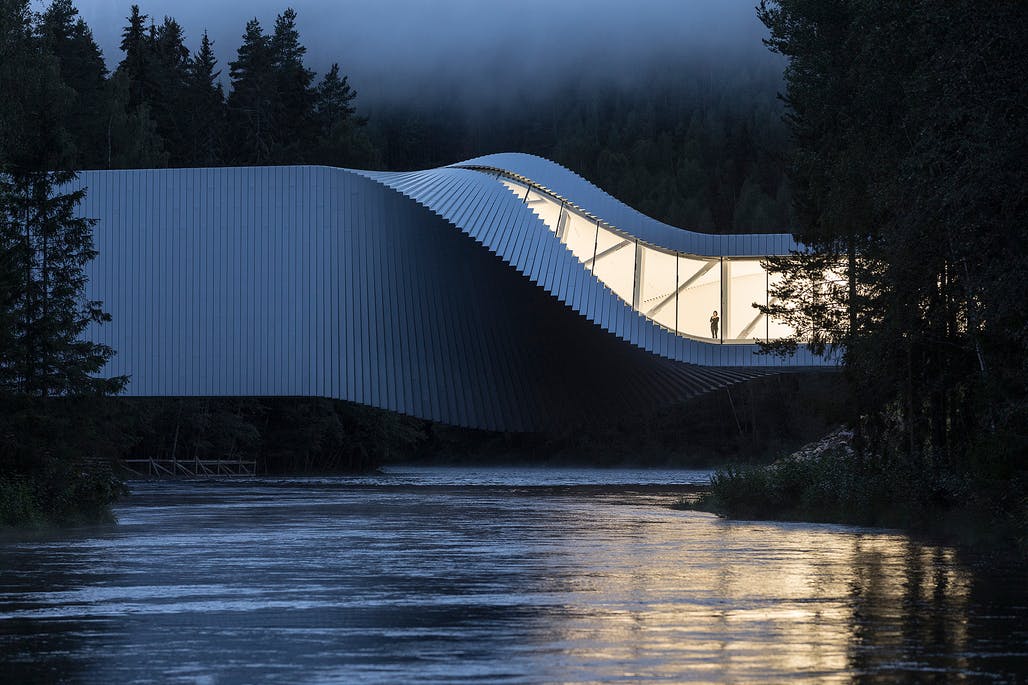
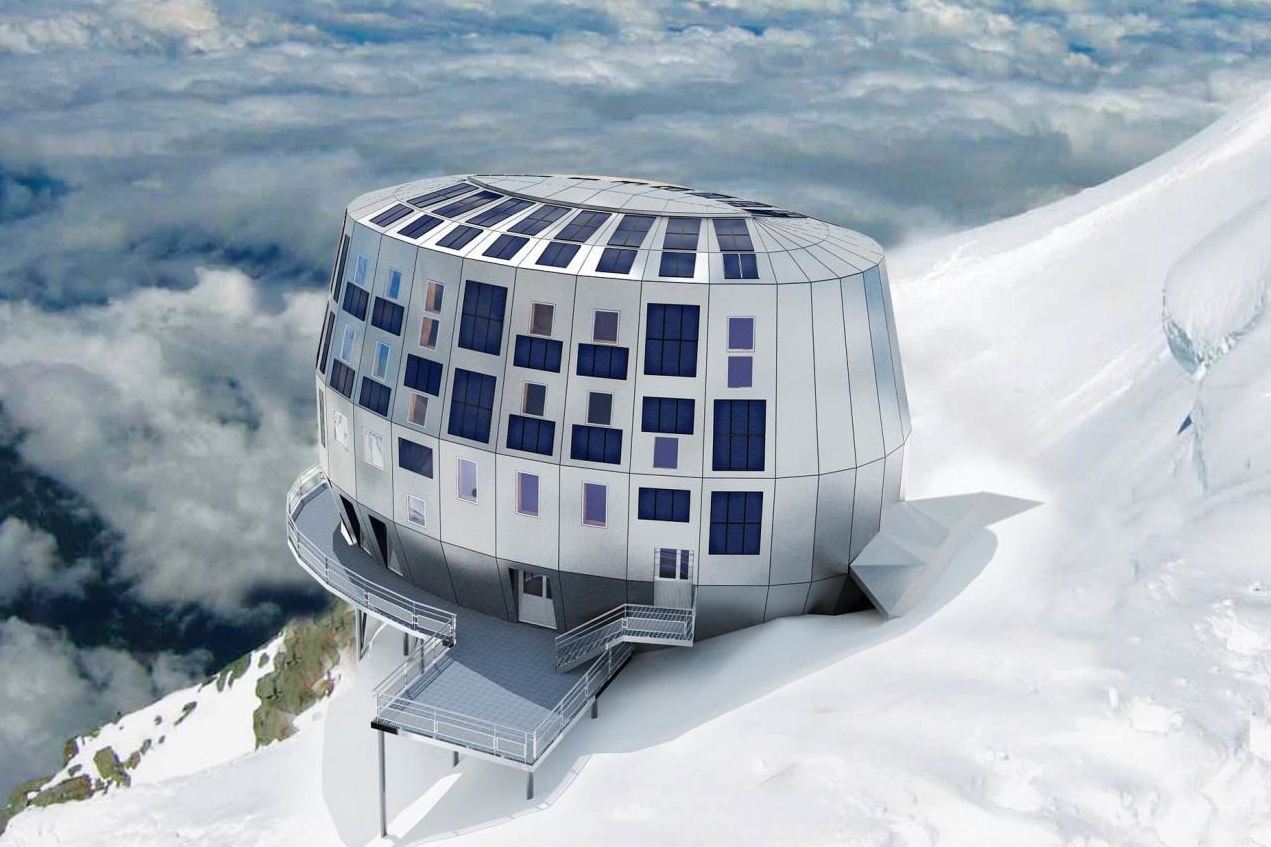
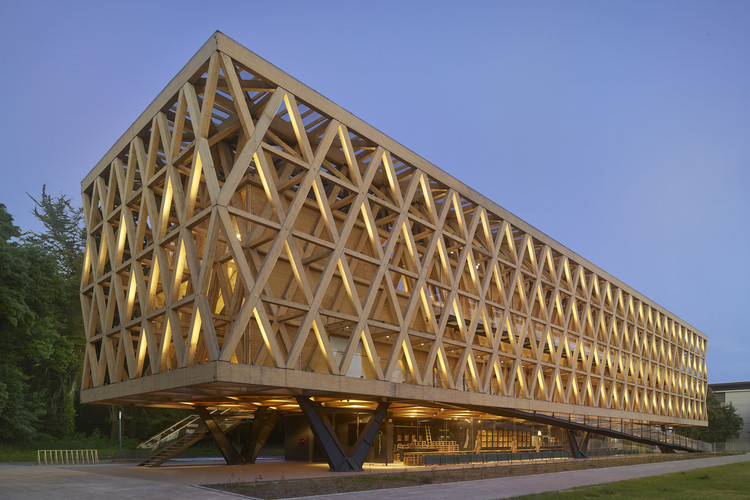
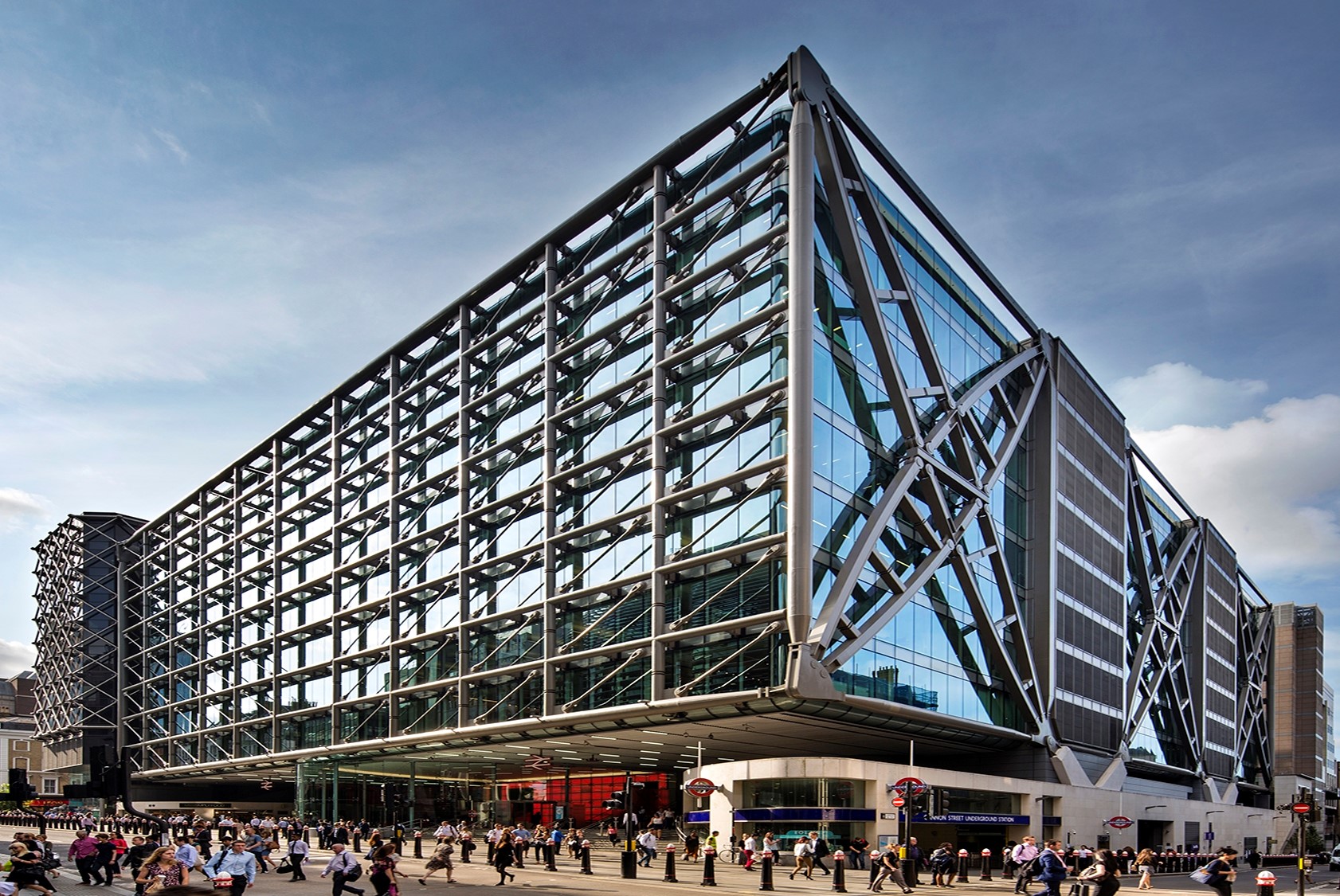
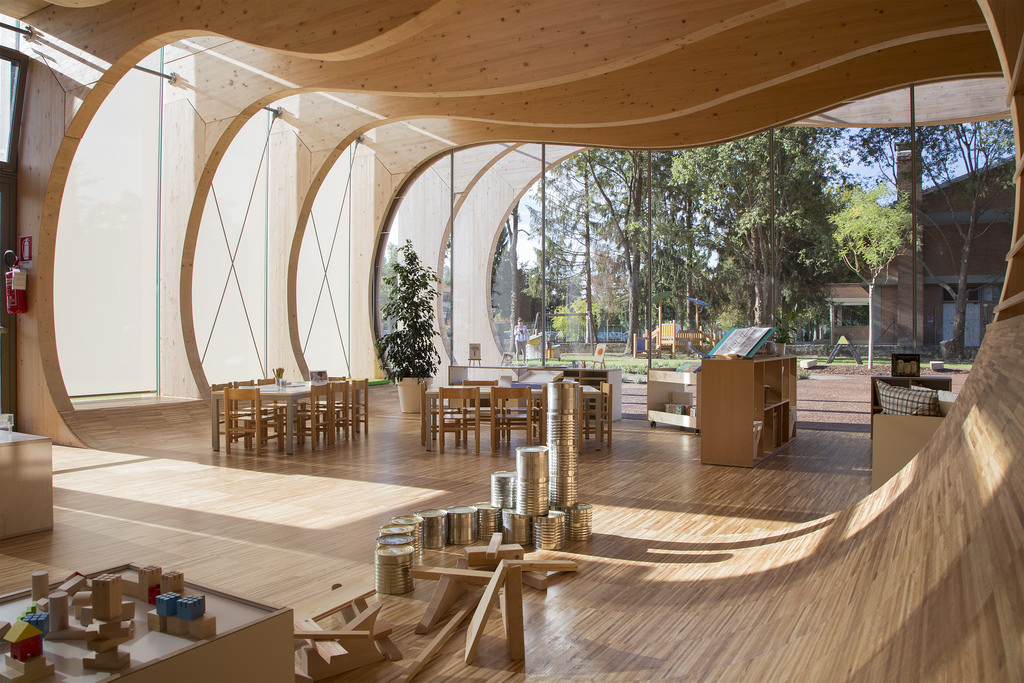
Please visit the official webpage of the course for the academic year 2018-2019
(see also Aulaweb).
The course in organized in modules. The modulus offered by Marco (30 hours) introduces the fundamentals of structural dynamics, with focus on the basic principles of free and forced vibrations of linear systems.
The equations of motions governing the dynamic response of the linear damped oscillator are presented. The traditional approach of classical modal analysis is illustrated for multi-degrees-of-freedom systems.
The student develops the operational skills required treat the dynamic problems connected to the engineering design for building retrofitting. Complementary issues related to elasto-plastic and isolated oscillators are also outlined.
2021-22 for the Courses in Engineering for Building Retrofitting.
2020-21 for the Courses in Engineering for Building Retrofitting.
2019-20 for the Courses in Engineering for Building Retrofitting.
2018-19 for the Courses in Engineering for Building Retrofitting.